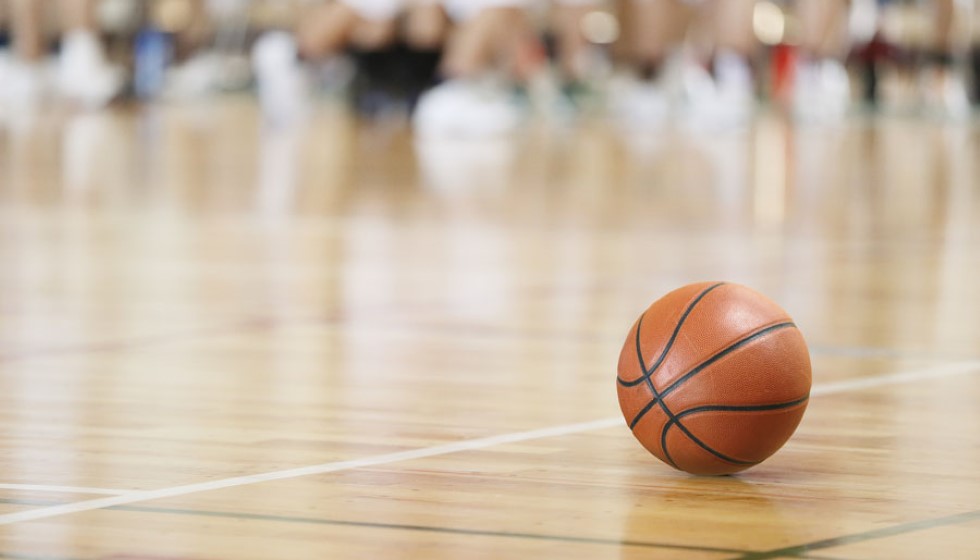
In a landscape where sports and technology increasingly intersect, the NBA is making a significant move by revising its policy on cell phone and social media usage by players and coaches during games. This change comes as part of the league's ongoing effort to ensure the integrity of the game amid evolving technological challenges.
A Revamped Policy for a New Era
Originally introduced back in 2009, the so-called "Villanueva rule" was the NBA's first step in regulating social media use during games. With social media and technology having drastically transformed the way both athletes and fans engage with the sport, the league has recognized the need for a policy refresh. Collaborating closely with the NBA Players Association (NBPA), the updated guidelines represent a modern approach to maintaining focus during games while adapting to the digital age.
The NBA has defined the term "during games" as spanning from 45 minutes prior to the tip-off until the completion of post-game media duties. This window has been strategically chosen to cover the period when concentration and discipline are most crucial for both players and coaching staff.
Addressing the Gambling Dilemma
One of the primary drivers behind this policy revision is the league's heightened sensitivity to the influence of legal sports gambling. With the industry booming, the potential for information leaks that could affect betting outcomes is a legitimate concern. The consequences of such leaks were starkly illustrated when Jontay Porter faced a lifetime ban after allegedly sharing insider information with bettors. This incident underscored the pressing need for the NBA to take robust steps to safeguard the credibility of the competition.
To prevent any such future occurrences and to curb the risk of insider information being disseminated, the NBA has introduced a unique measure—a single point of communication during the restricted cell phone use period. This initiative aims to centralize information flow, minimizing opportunities for information leaks and ensuring a controlled exchange of data.
A Fine Line Between League and Team Policies
While this league-wide regulation is being repositioned to meet contemporary challenges, some NBA teams are taking it upon themselves to impose even stricter rules. These organizations are proactively addressing technological distractions by establishing guidelines that go beyond the requirements set by the NBA. Although this might lead to varying degrees of enforcement across the league, it highlights a broader consensus on the necessity of preserving the game’s integrity amid modern distractions.
Awaiting Clarification on Consequences
Despite the significant updates to the policy, one detail remains conspicuously absent: the specific punitive measures for breaches of this new regulation. The NBA has yet to disclose what repercussions players or coaches might face if they fail to adhere to these guidelines. As the league crafts its enforcement strategy, stakeholders are keen to understand how these new rules will be policed and what penalties could be imposed for violations.
Focus on the Game
Ultimately, the revised policy reflects the NBA's dedication to maintaining the purity of the game. The league's endeavor to adapt its regulations to the demands of a technologically driven world demonstrates a forward-thinking approach. Although details regarding penalties remain elusive, the introduction of updated guidelines signifies a proactive stance in safeguarding the authenticity of one of the world's most beloved sports.
As the new policy is implemented, all eyes will be on the NBA to see how effectively these measures are enforced and whether they successfully balance the modern realities of technology with the time-honored tradition of basketball competition.